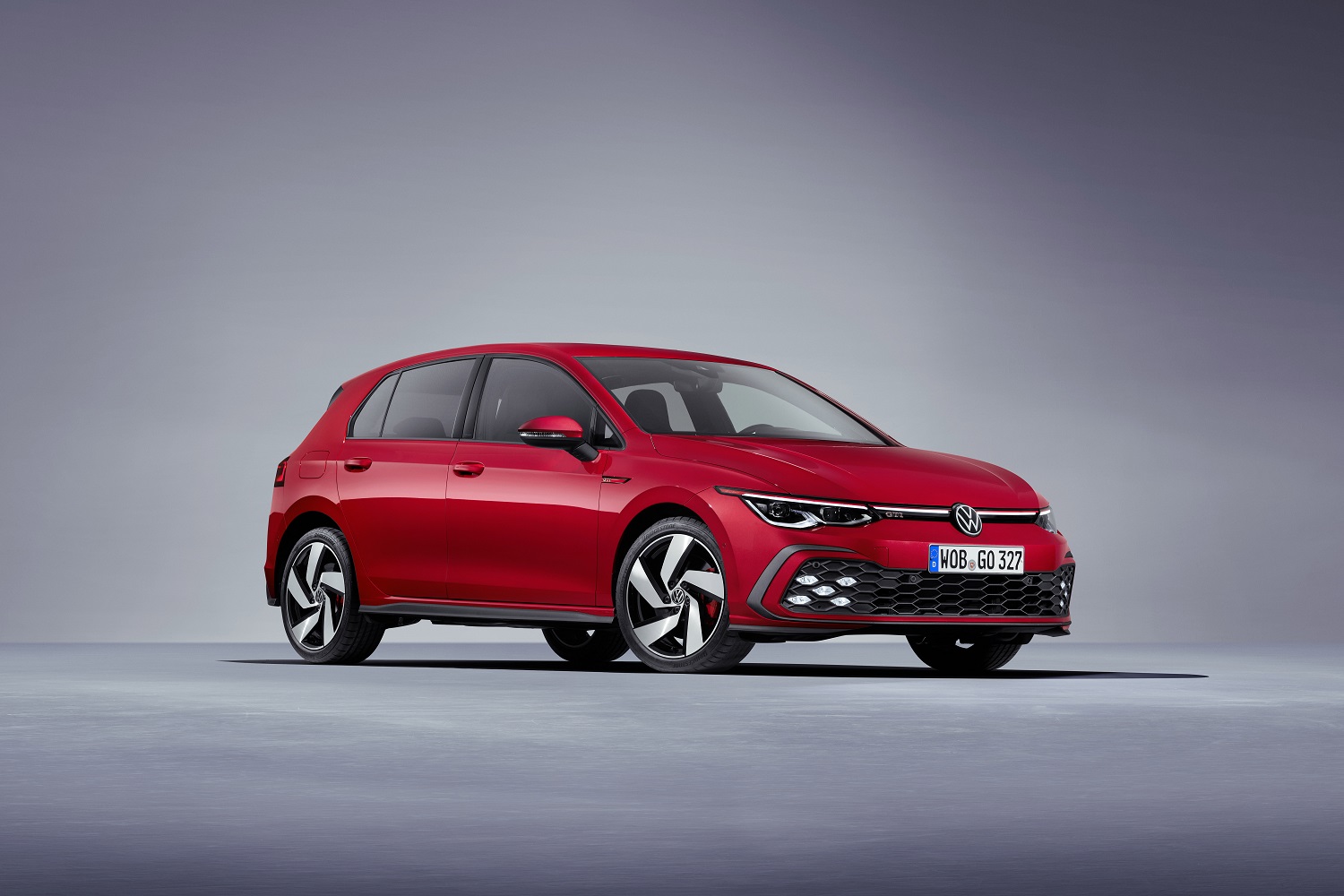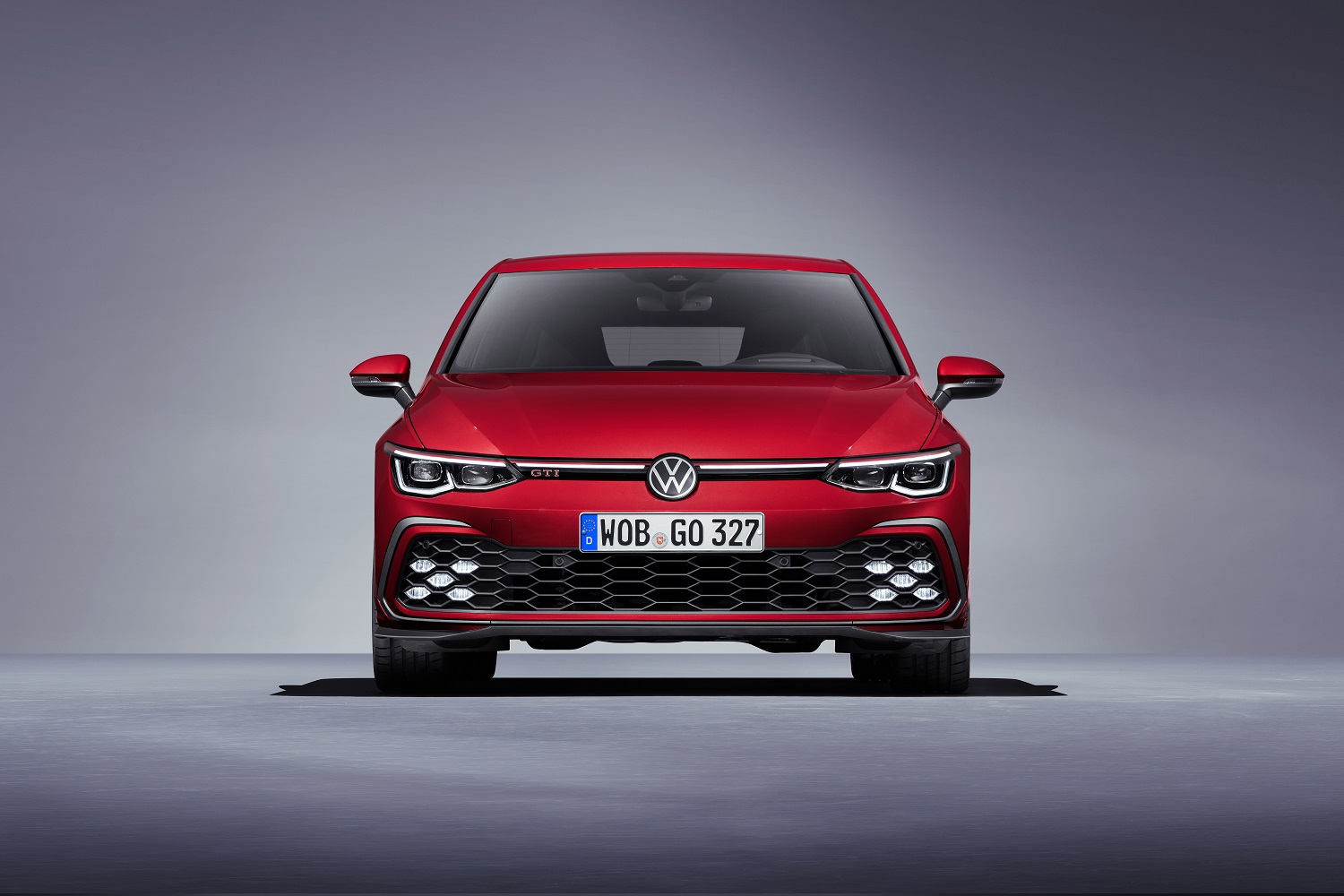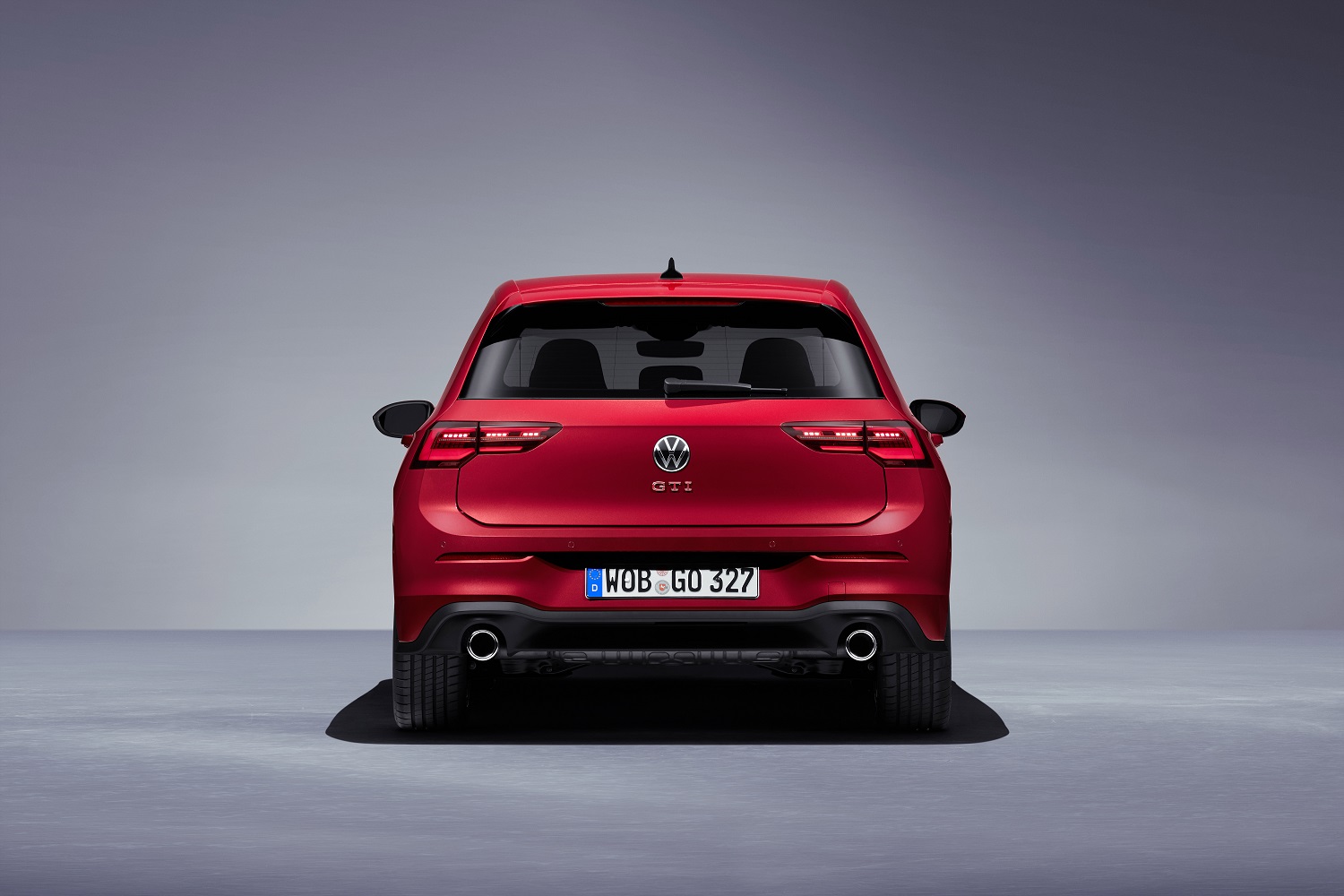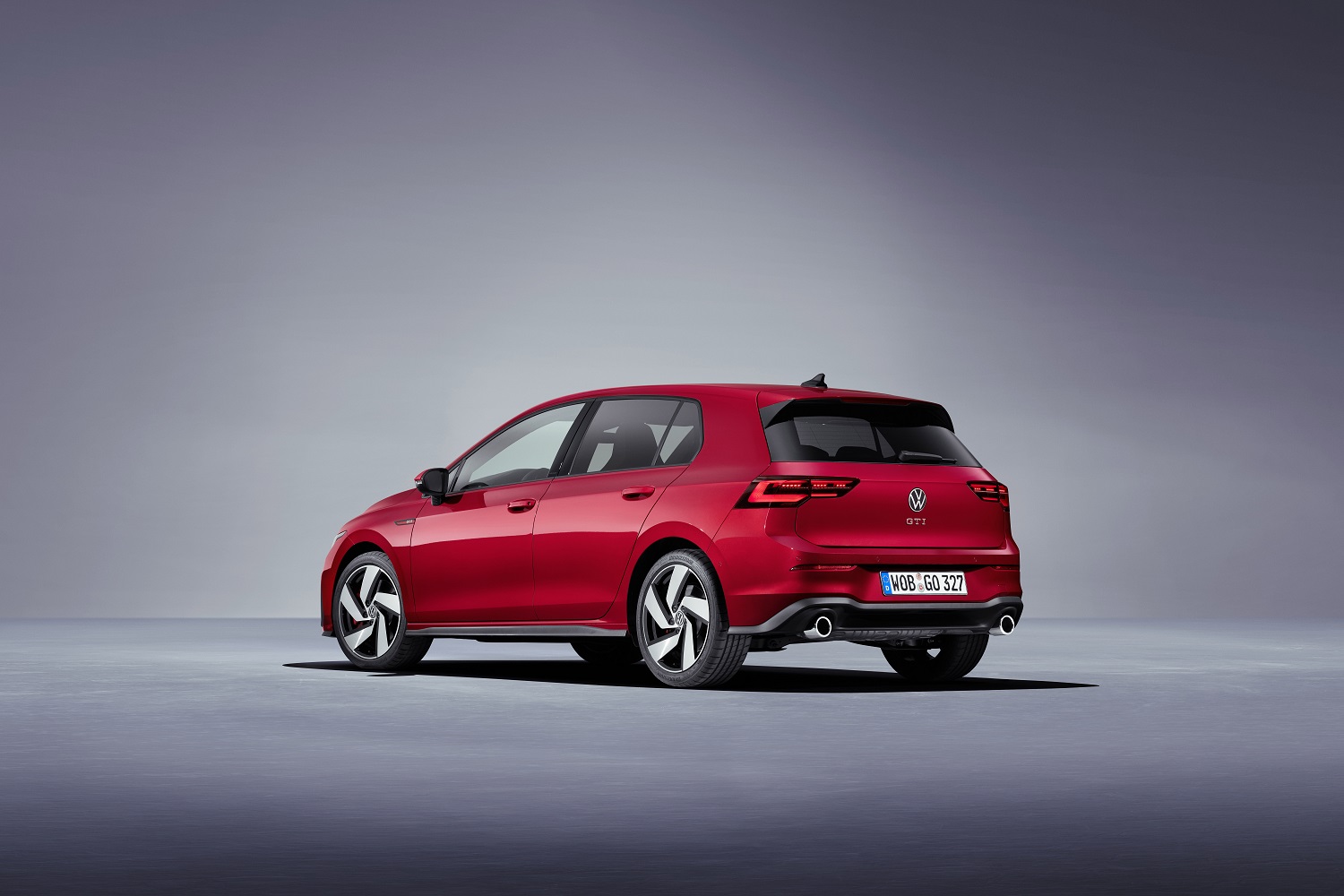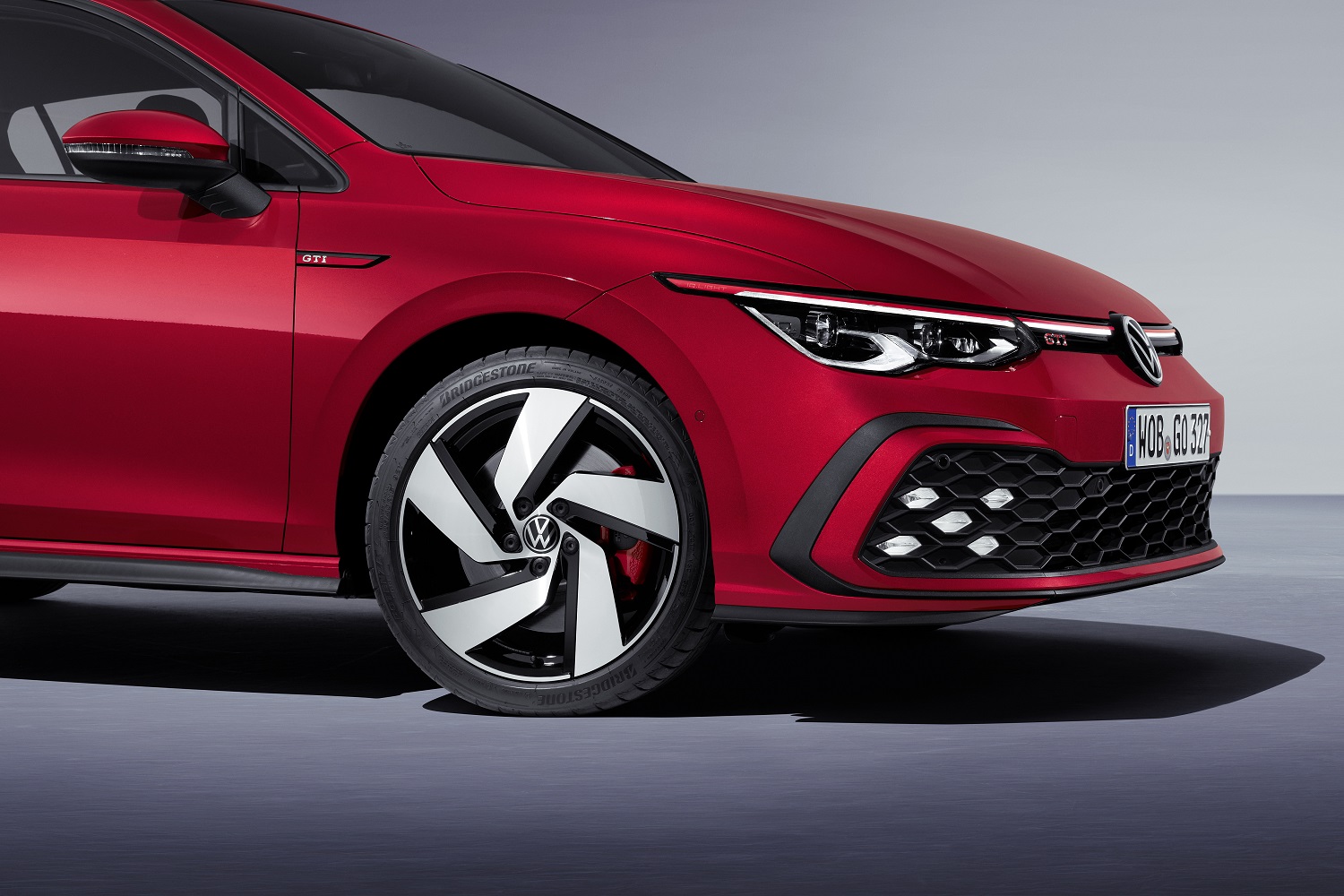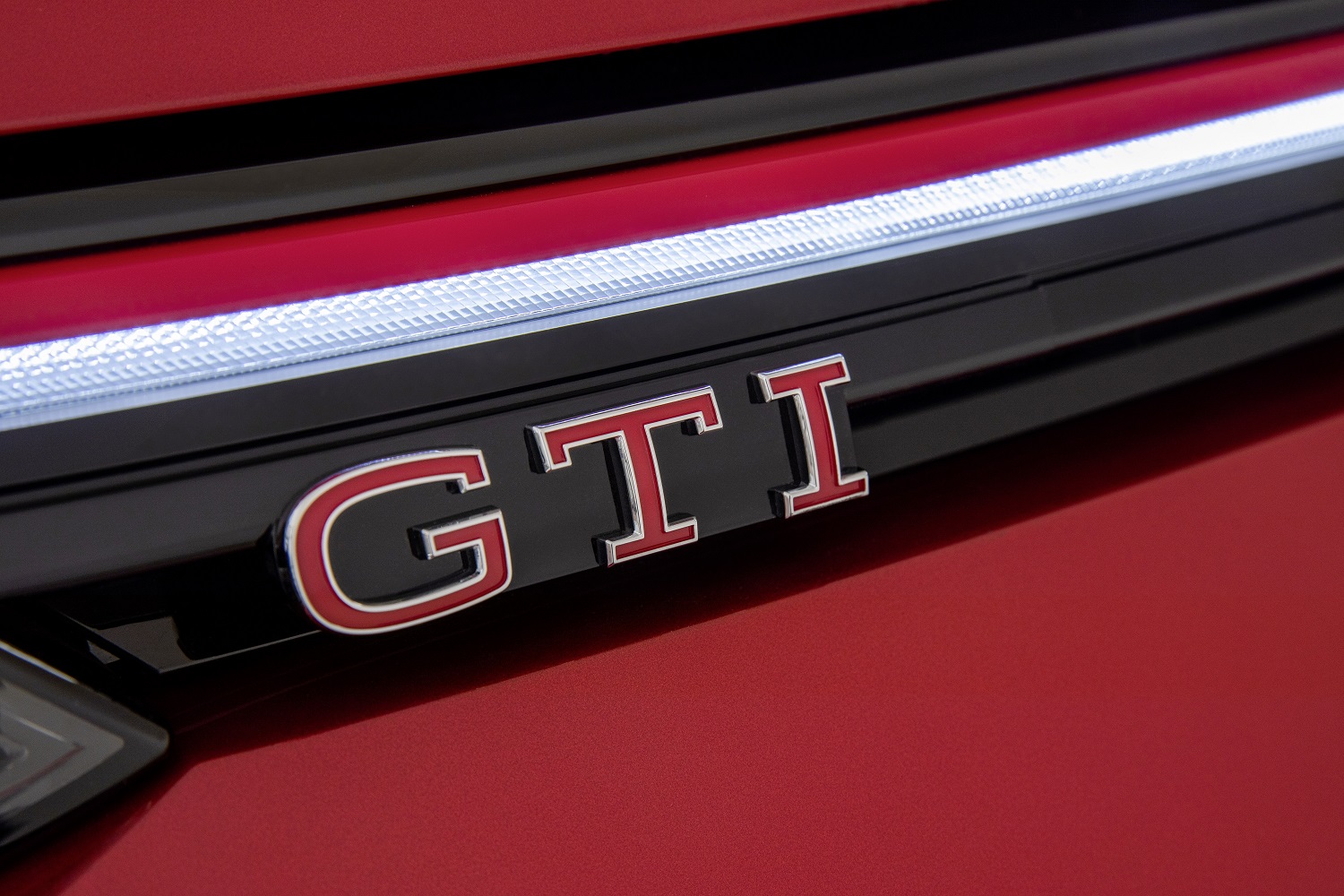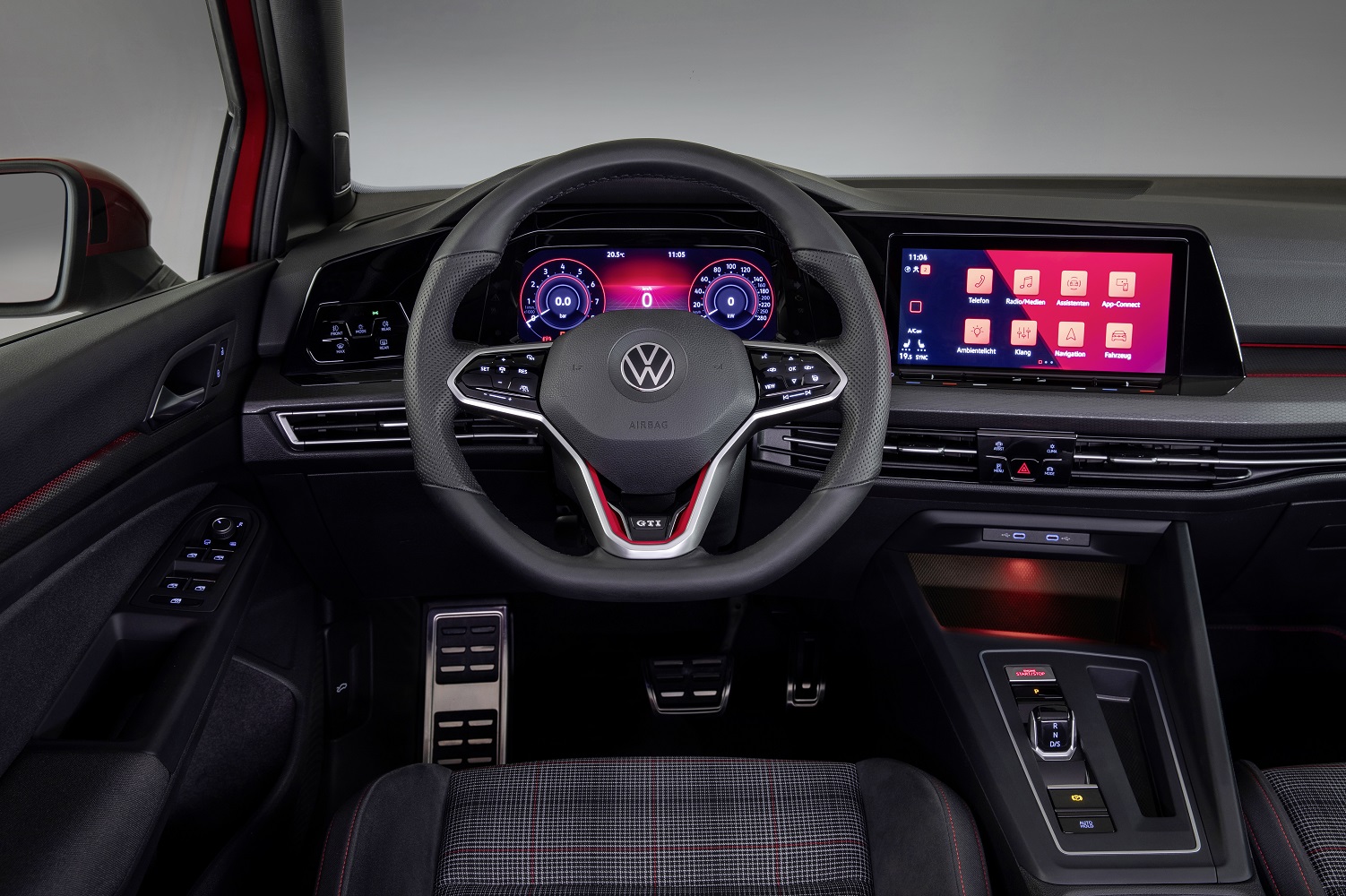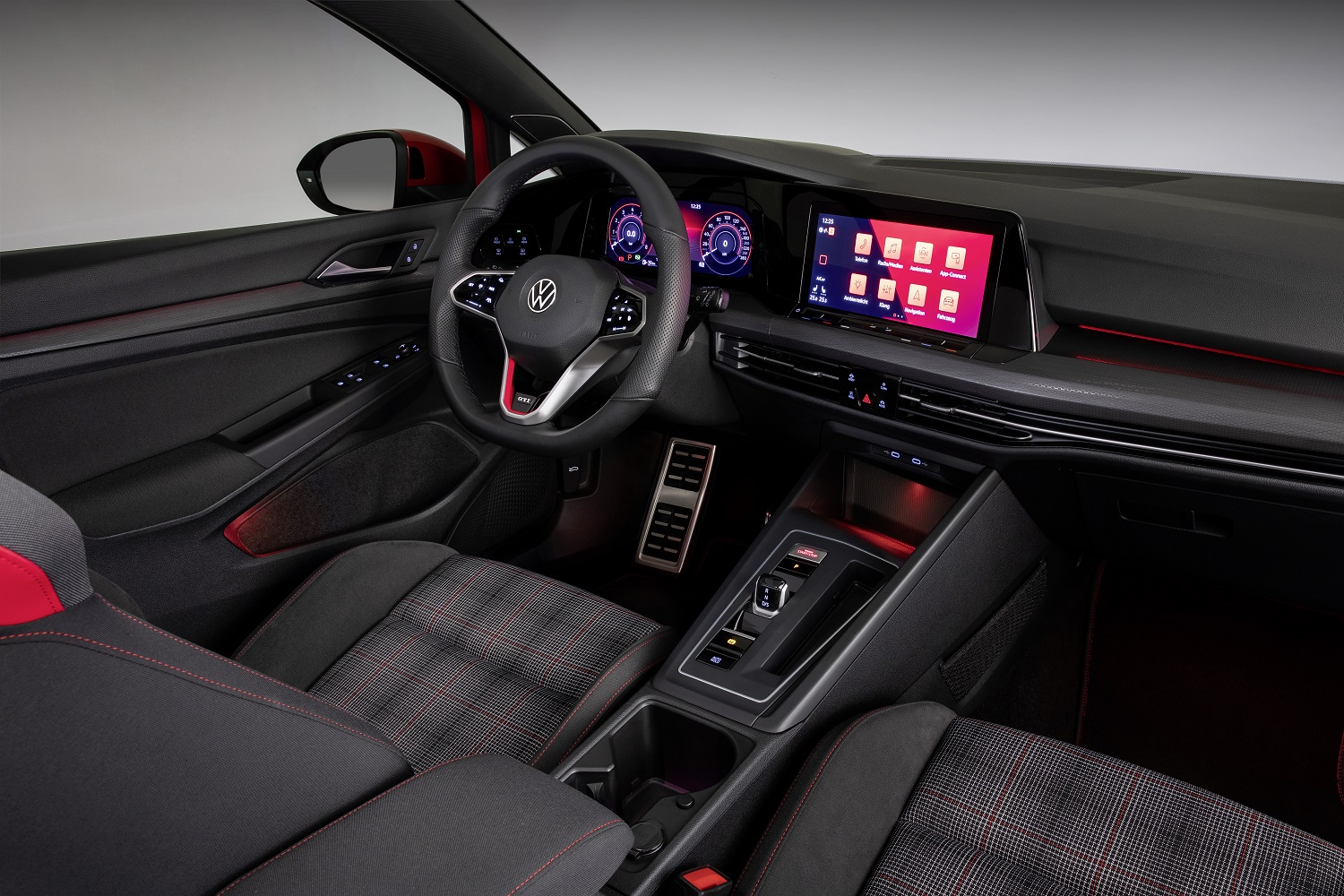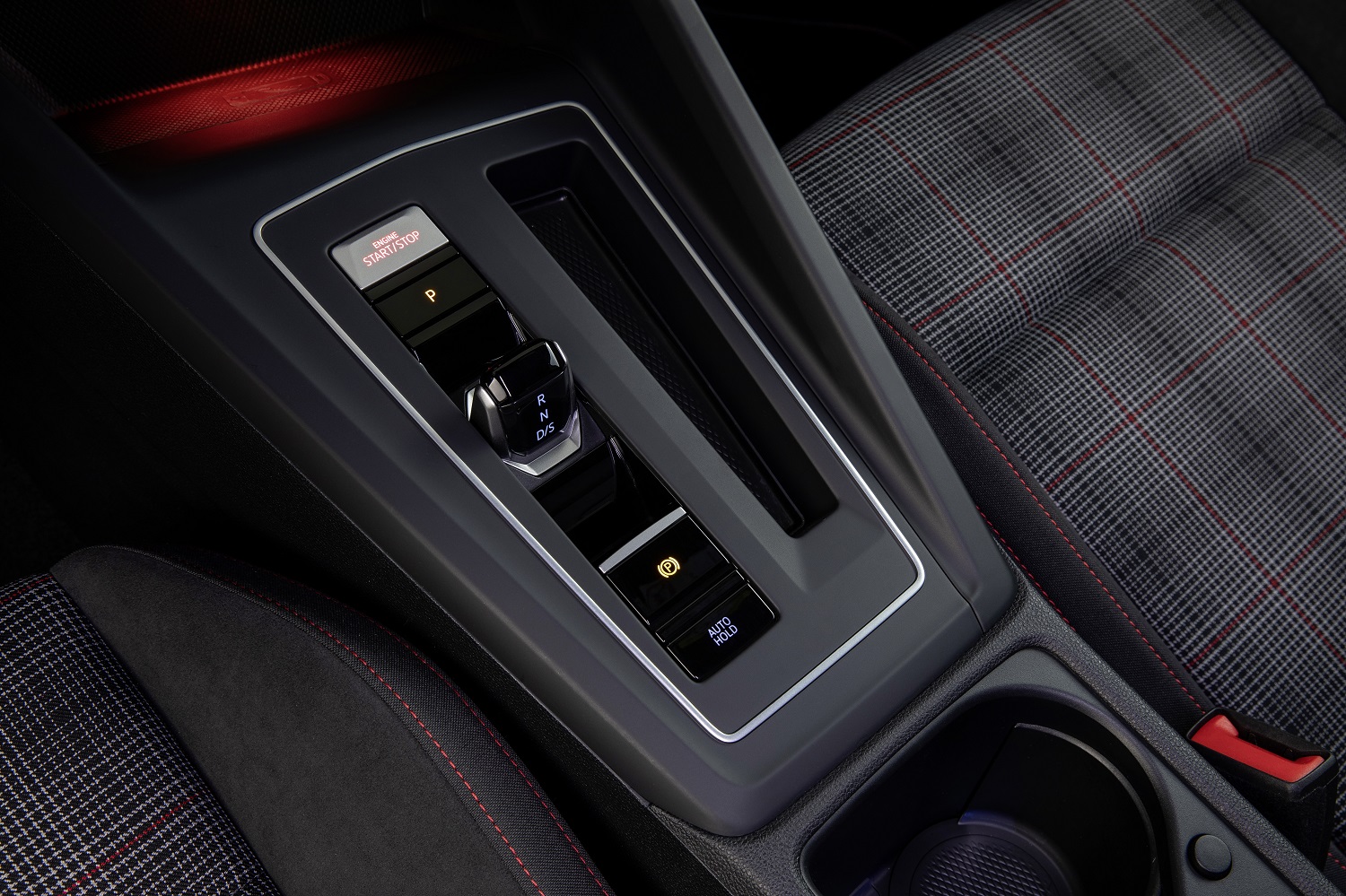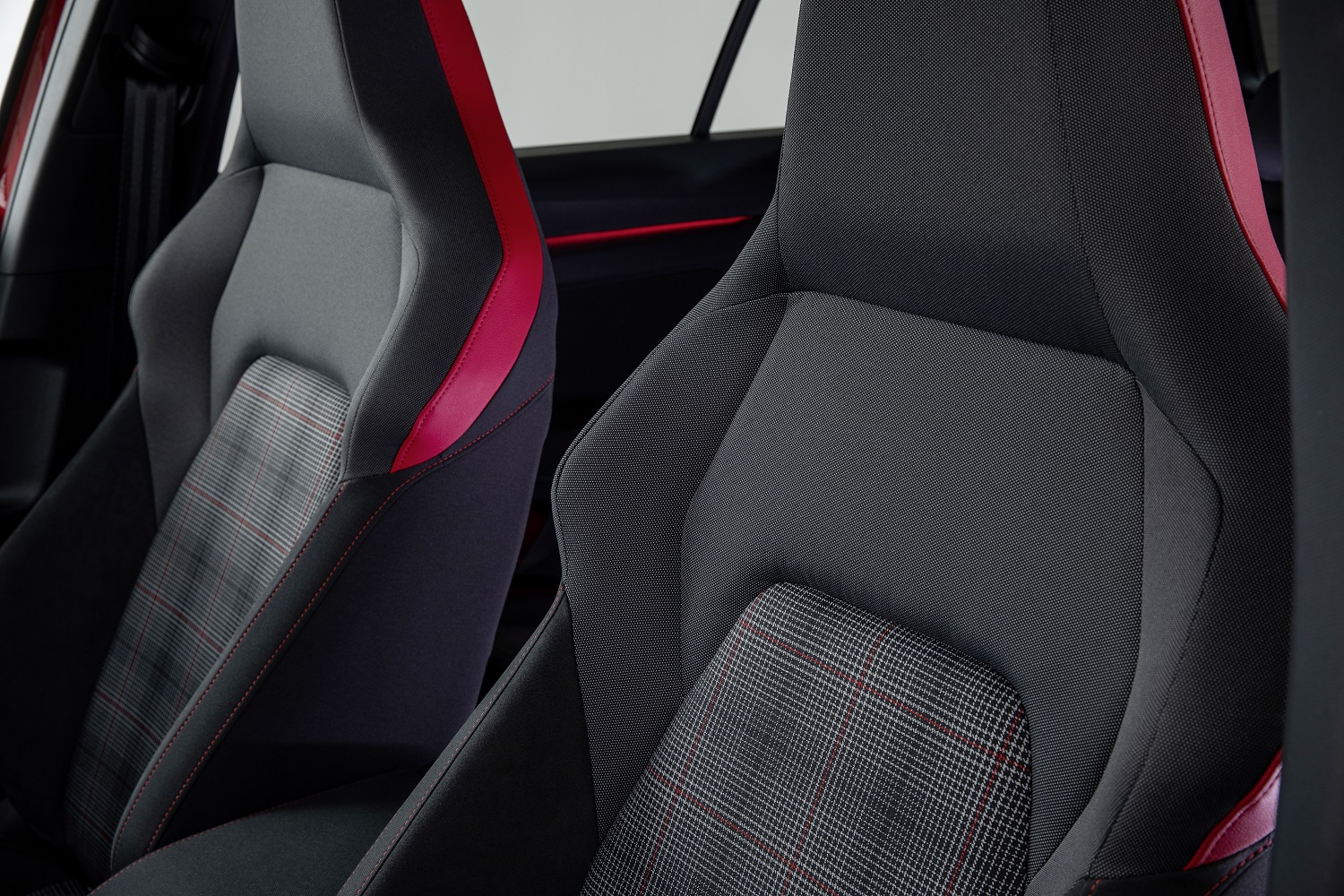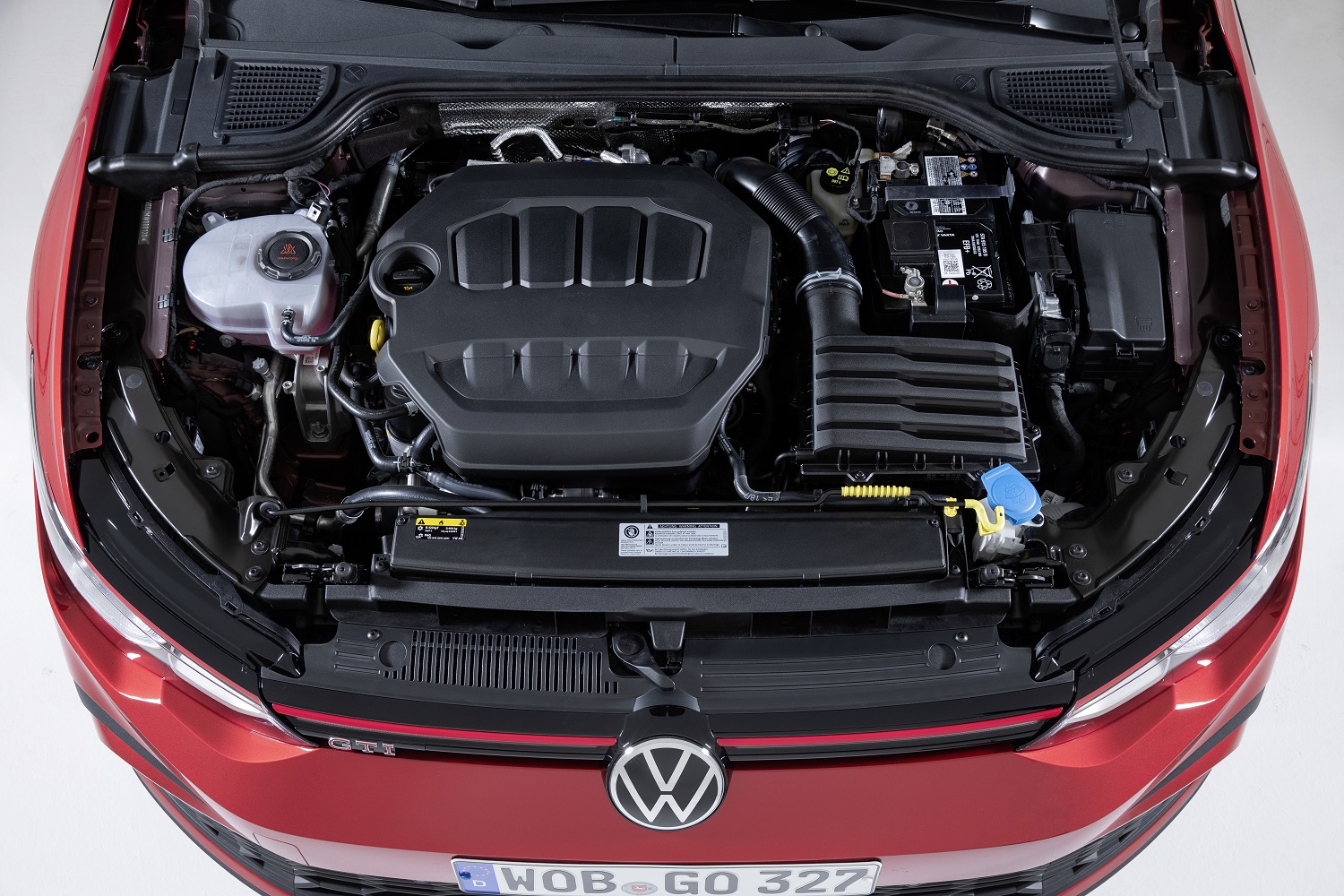The standard version of the eighth-generation Volkswagen Golf will not be sold in the United States, so the GTI will be positioned as the entry point into the range. That doesn’t mean it will become more basic, however. It’s actually going in the opposite direction.
Hein Schafer, the company’s senior vice president of product marketing and strategy, told me the next GTI will be more advanced and better equipped than the outgoing, seventh-generation model. The performance-related upgrades found under the hood only tell part of the story. The new GTI will also surround you with tech features — including a few you’d expect to find in cars with a considerably higher price tag.
From analog to digital
“Inside, it is a huge leap forward into digitalization. There is a strong demand for it, and we fulfilled it with our new cockpit architecture,” explained Klaus Bischoff, the Volkswagen Group’s head of design. He said a new version of the Golf GTI is always challenging because it’s such an emblematic model. But that’s also what makes the GTI exciting. It’s not often a designer has the chance to write the next chapter in a decades-long story like the GTI’s.
Volkswagen created the new GTI’s entire electronic architecture from scratch, so engineers were able to add a long list of features that weren’t available on its predecessor. The standard instrument cluster is a high-resolution digital unit the driver can configure in a variety of ways using touch-sensitive buttons on the steering wheel.
Look right, and your gaze falls on an 8.25-inch touchscreen that displays a completely reinvented version of Volkswagen’s MIB infotainment system. Motorists can upgrade to a 10-inch unit connected to the instrument cluster for a more seamless look. If you have something to charge, you’ll find two USB-C ports integrated into the bottom part of the center stack.
Every GTI, regardless of trim level, will come standard with an array of electronic driving aids including lane-keeping assist plus autonomous emergency braking with pedestrian and cyclist monitoring.
I could continue listing tech features, like an ambient lighting system with 30 colors, puddle lights built into the mirrors, an optional Harman Kardon sound system, and an available head-up display. The GTI is the poster child for behind-the-wheel thrills, not technology, but Volkswagen told me drivers are asking for a hatchback that’s as smart and connected as it is quick.
“We see a lot more in this segment that customers are concerned with driver assistance. These customers are unique in that they’re early adopters, but they also love the classic elements of the GTI,” Megan Closset, the Golf’s production manager, explained.
There’s tech, fine, but how does it go?
I can’t discuss the GTI without discussing what’s under the hood. Here, it carries on with the tried-and-true formula of a turbocharged, 2.0-liter four-cylinder engine and a standard six-speed manual transmission. The popularity of stick-shifted cars is dwindling in the United States, but the GTI and the more powerful Golf R proudly buck that trend.
Closset revealed that 40% of buyers order their car with three pedals. That’s huge. For context, 1.1% of Americans who bought a new car in 2019 selected (or, in some cases, settled for) a manual.
If you don’t want to give a shift, however, there’s a seven-speed dual-clutch automatic found on the list of extra-cost options. Volkswagen was an early adopter of dual-clutch technology, which first appeared in a VW over 15 years ago.
Volkswagen tunes the GTI’s turbo-four to deliver 242 horsepower and 273 pound-feet of torque, increases of 14 and 15 compared to the outgoing seventh-generation GTI. Additional specifications (like its weight, its zero-to-60-mph time, and its fuel economy) remain under wraps for the time being. Closset predicts the new GTI will be about as efficient as its predecessor, which returns 27 mpg combined.
What’s next?
Pricing for the American market hasn’t been announced yet, but relative attainability has been one of the nameplate’s claims to fame since it first appeared on the back of a Volkswagen in 1975, and the 2022 model won’t break with tradition. It will carry a base price of approximately $31,000, a figure which represents an increase of about 10% over the 2020 model.
Volkswagen hopes to bring the GTI into the 2020s without technology becoming a distraction or diluting performance. Enthusiasts wanting to get behind the wheel will need to muster a little bit of patience, however. Built in Wolfsburg, Germany, the eighth-generation GTI isn’t scheduled to land in American showrooms until late 2021, so it will be labeled a 2022 model when it arrives. The seventh-generation model will return for the 2021 model to ensure America doesn’t spend a year without a GTI.
Editors' Recommendations
- Volkswagen ID.GTI concept is another icon reimagined as an EV
- Volkswagen Golf GTI and Golf R blend power, practicality, and tech
- Volkswagen’s celebrated Golf GTI returns with more power and new tech
- Volkswagen CEO says ID.3 will be 40% cheaper to make than the e-Golf
- Sharp and tech-savvy, the Volkswagen Golf gets a full digital reboot

